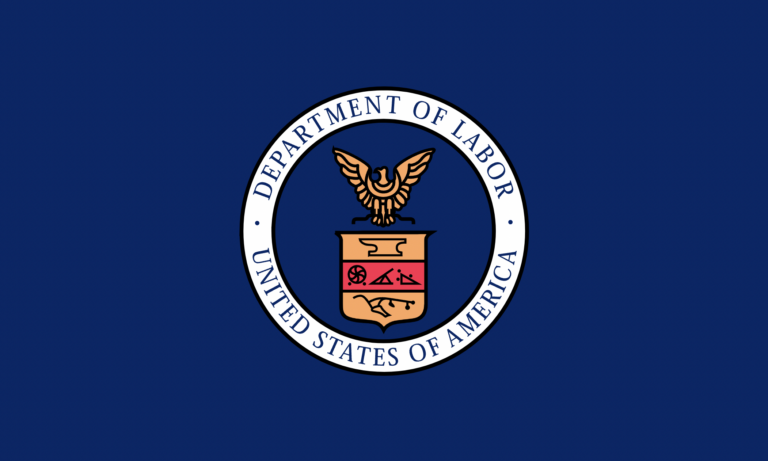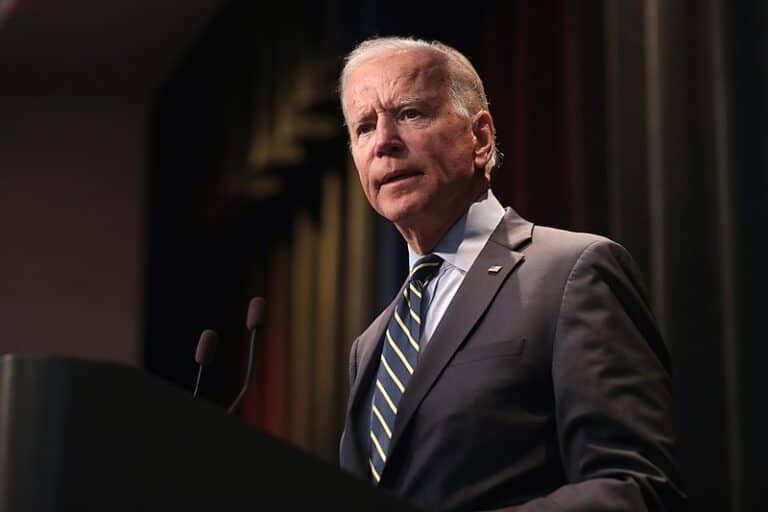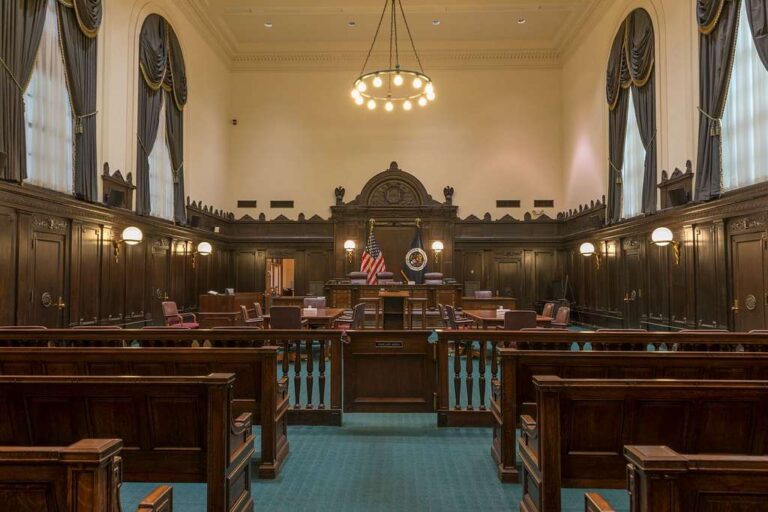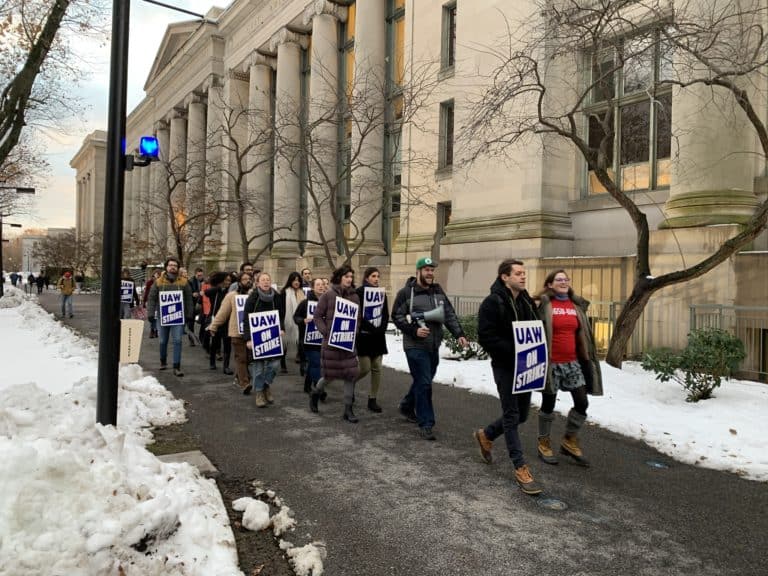
Paneez Oliai is a student at Harvard Law School and a member of the Labor and Employment Lab.
In July, the Third Circuit ruled that the Department of Labor (DOL) cannot adjudicate certain employment-related claims essential to its mission, citing the landmark 2024 U.S. Supreme Court case, Securities and Exchange Commission v. Jarkesy. DOL recently requested rehearing en banc. But in the meantime, DOL’s ability to vindicate workers’ rights remains unclear.
Sun Valley Orchards and the H-2A Visa Program
The potential demise of a category of DOL adjudications began in an asparagus farm. In 2015, ninety-six foreign employees arrived to work at Sun Valley Orchards. Sun Valley was a New Jersey farm that participated in the H-2A visa program, which enables farms to hire foreign nonimmigrant workers on a temporary basis when domestic recruitment efforts fail. Employers that hire H-2A workers must make and adhere to employment contracts that follow several regulations governing working conditions and pay.
As required by the Immigration and Nationality Act (INA), Sun Valley promised safe, no-cost housing; kitchen facilities; safe transportation to and from the worksite; and payment for at least 780 hours, unless the workers voluntarily left or were fired for cause.
But Sun Valley did not fulfill its obligations under the INA. Instead, the farm placed workers in insect-infested housing. Workers were transported in unsafe vehicles operated by drivers without valid driver’s licenses. And instead of providing access to a kitchen, Sun Valley put workers on a meal plan, charging them for every meal without notice.
Most importantly, Sun Valley also violated its employment period guarantee. When H-2A workers objected to the working conditions, Sun Valley’s owners grew angry. One owner cursed at the workers and attempted to hit them. In response, nineteen H-2A workers left. Although the workers had been constructively discharged, Sun Valley claimed the workers left voluntarily for “personal reasons,” which meant that Sun Valley was no longer obligated to pay them for 780 hours of work.
The Showdown Between DOL and Sun Valley Orchards
After investigating, DOL determined that Sun Valley violated several provisions of the H-2A visa program under 20 C.F.R. § 655.122, including its promises regarding no-cost housing (§ 655.122(d)(1)), kitchen access (§ 655.122(g)), transportation (§ 655.122(h)), and employment (§ 655.122(i)). DOL found Sun Valley liable for over $500,000 in civil penalties and backpay. Sun Valley then requested a hearing before an Administrative Law Judge and subsequently appealed the adverse finding to the Administrative Review Board. At each stage, Sun Valley was found noncompliant and responsible for civil penalties and backpay.
But Sun Valley remained undeterred, taking its challenge to the U.S. District Court of New Jersey. Sun Valley made several constitutional and statutory arguments, but most relevant is that which relies on Securities and Exchange Commission v. Jarkesy. Jarkesy’s main holding prohibited the Securities and Exchange Commission from imposing civil penalties on private parties without offering them a jury trial under the Seventh Amendment. But its reasoning has strong implications for all agency adjudications: Litigants, for example, have read Jarkesy to say that defendants must have access to an Article III court—as opposed to an administrative tribunal—any time agencies seek to deprive defendants of their private rights.
In contrast, public rights are a different matter. The Jarkesy Court indicated that unlike private rights, public rights are not subject to Article III requirements and therefore can be assigned to administrative tribunals. Courts are still determining the precise contours of public versus private rights, but at a minimum, the public rights “umbrella” covers cases involving the traditional core of government powers. These powers include taxation, tariffs, federal Indian law, and immigration. Comparatively, matters of contract or tort law traditionally implicate private rights.
Sun Valley claimed that because the case concerned breach of an employment contract, adjudication affected its private rights, thereby entitling Sun Valley to an Article III court rather than an administrative tribunal. The district court held otherwise. While acknowledging that contract rights were involved, the court found that the case more centrally concerned immigration law due to the use and violation of the H-2A visa program. And because immigration is a matter of public and not private law, the district court dismissed Sun Valley’s claims.
On appeal, the Third Circuit disagreed. The three-judge panel ruled that the case implicated contract law more than immigration law, thereby affecting Sun Valley’s private rights and entitling it to a proceeding before an Article III court.
Wrinkles Within the Third Circuit’s Decision
Yet the answer is not as straightforward as the Third Circuit made it seem. True, DOL’s enforcement action implicated contract law to some extent: The INA required that Sun Valley adhere to certain contractual promises, and Sun Valley’s failure to abide by these contractual promises formed the factual basis for DOL’s action. But immigration law is implicated more. The very regulations that Sun Valley violated were part of the INA – that is, part of immigration law. Without immigration law, the H-2A visa program would not exist, Sun Valley would not have been an authorized participant, and it would not have been required to make specific contractual promises in the first place. Without immigration law, there would be no law to enforce against Sun Valley.
The Third Circuit minimized the role of immigration law by pointing to the INA’s limited references to mandatory contractual provisions. These limited references led the court to find that DOL’s action was so infected with contract-related matters that an otherwise immigration-related public rights case became a private rights case. But how much infection is enough? Should agencies be barred from adjudicating cases involving a statutory scheme with a single reference to mandatory contract provisions? The Third Circuit has offered little guidance.
Moreover, the court’s selective reading of the INA ignores its full text. The INA’s text embeds contractual requirements within immigration controls: Non-contractual immigration controls dominate the text of the H-2A visa program, and contract-related provisions only exist to help the government exercise its core power of controlling entry into the United States. Thus, under a fair reading, DOL’s enforcement action implicated immigration law more than contract law.
What Happens Next?
Fortunately, Sun Valley did not entirely eliminate DOL’s longstanding authority to adjudicate H-2A cases. Although DOL can no longer use agency proceedings for some H-2A-related cases, the Third Circuit suggested that DOL could still adjudicate the enforcement of immigration controls, such barring participating employers from the H-2A visa program.
But DOL personnel may wonder which cases will be removed from their jurisdiction next. The lack of clarity on applying Jarkesy exposes DOL to inconsistent and nonuniform judgments on its orders, potentially chilling DOL’s enforcement and adjudication efforts. And the damage will likely spread: Already, employers in Nebraska and Virginia are citing Sun Valley to argue that DOL cannot adjudicate their case.
Meanwhile, justice for Sun Valley’s foreign workers is indefinitely delayed. In theory, the case should continue in an Article III court. But Sun Valley has since ended its operations. And it is unclear whether the nineteen constructively discharged workers have remained in the U.S. or have access to legal counsel. Sun Valley and its accompanying post-Jarkesy fallout have left the future of DOL and workers uncertain. The Third Circuit should review the case en banc, reconsider the role of immigration law, and clarify standards for applying Jarkesy.









Daily News & Commentary
Start your day with our roundup of the latest labor developments. See all
November 30
In today’s news and commentary, the MSPB issues its first precedential ruling since regaining a quorum; Amazon workers lead strikes and demonstrations in multiple countries; and Starbucks workers expand their indefinite strike to additional locations. Last week, the Merit Systems Protection Board (MSPB) released its first precedential decision in eight months. The MSPB had been […]
November 28
Lawsuit against EEOC for failure to investigate disparate-impact claims dismissed; DHS to end TPS for Haiti; Appeal of Cemex decision in Ninth Circuit may soon resume
November 27
Amazon wins preliminary injunction against New York’s private sector bargaining law; ALJs resume decisions; and the CFPB intends to make unilateral changes without bargaining.
November 26
In today’s news and commentary, NLRB lawyers urge the 3rd Circuit to follow recent district court cases that declined to enjoin Board proceedings; the percentage of unemployed Americans with a college degree reaches its highest level since tracking began in 1992; and a member of the House proposes a bill that would require secret ballot […]
November 25
In today’s news and commentary, OSHA fines Taylor Foods, Santa Fe raises their living wage, and a date is set for a Senate committee to consider Trump’s NLRB nominee. OSHA has issued an approximately $1.1 million dollar fine to Taylor Farms New Jersey, a subsidiary of Taylor Fresh Foods, after identifying repeated and serious safety […]
November 24
Labor leaders criticize tariffs; White House cancels jobs report; and student organizers launch chaperone program for noncitizens.